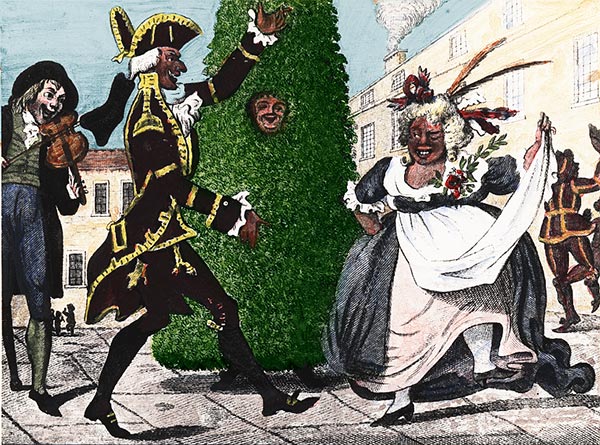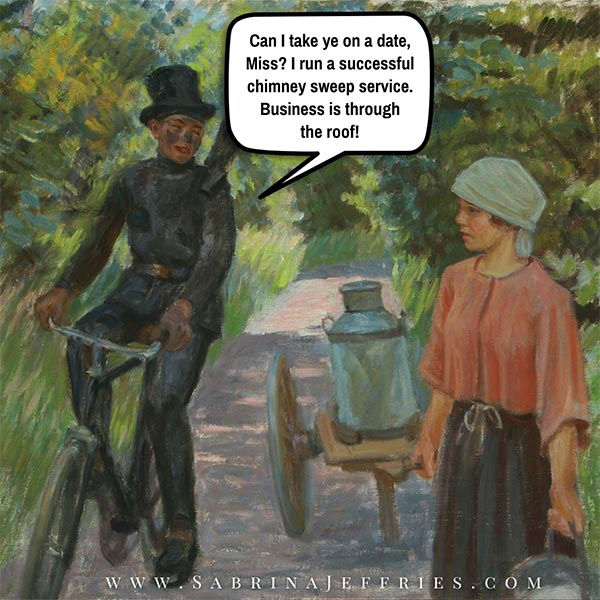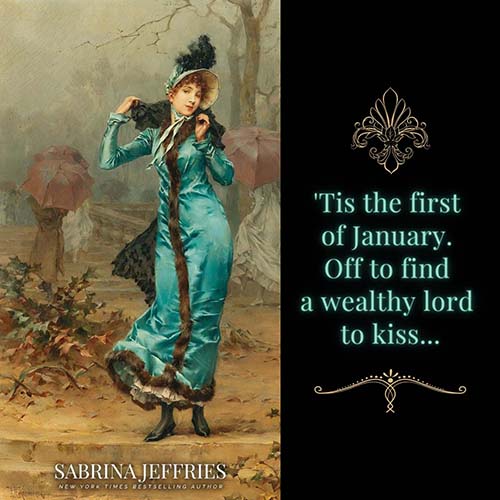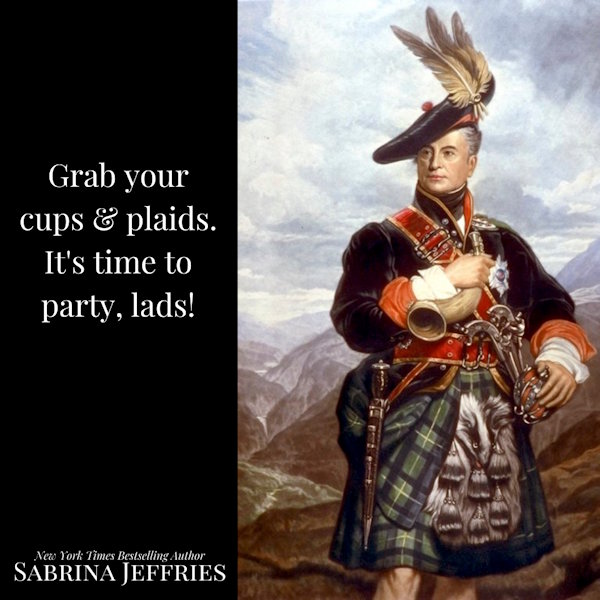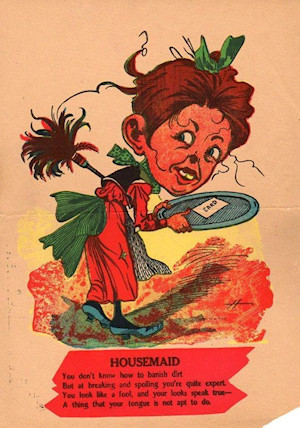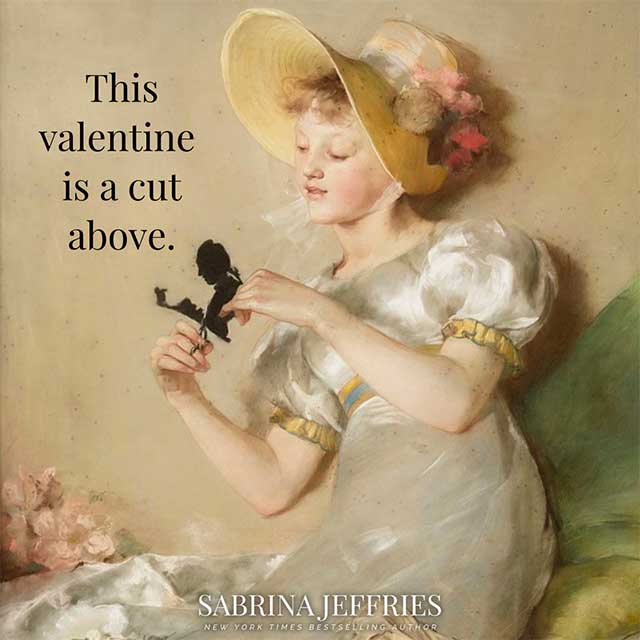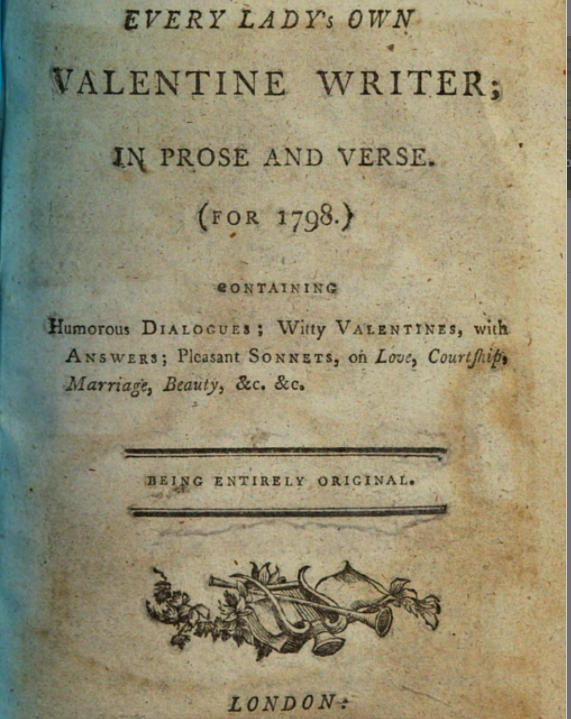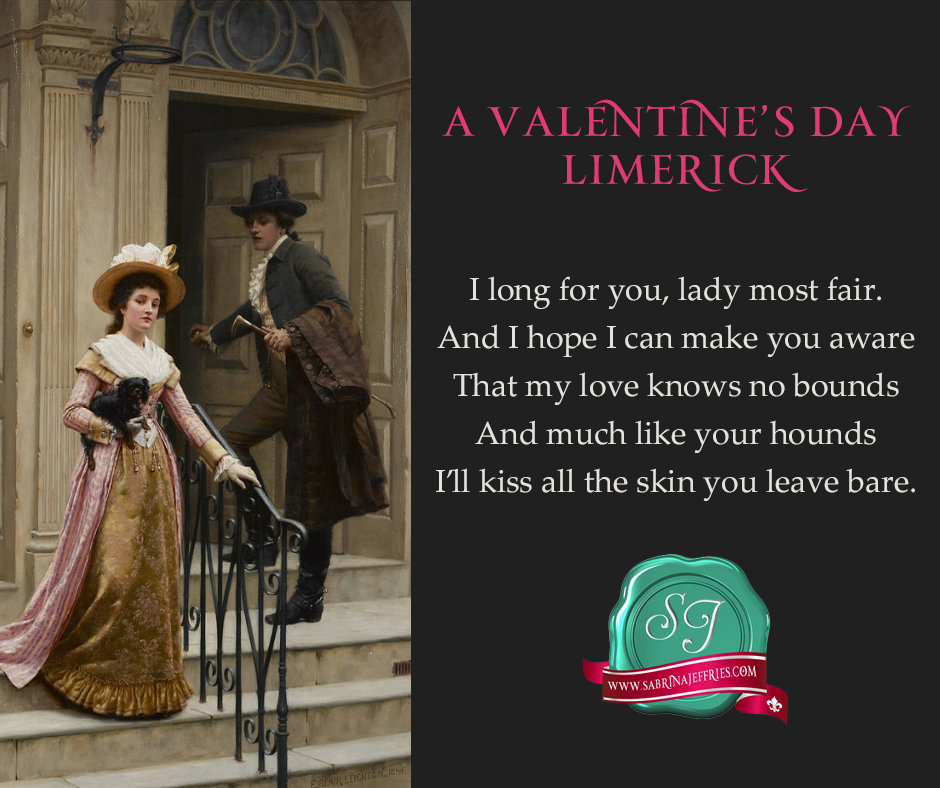Valentine’s Day Lottery
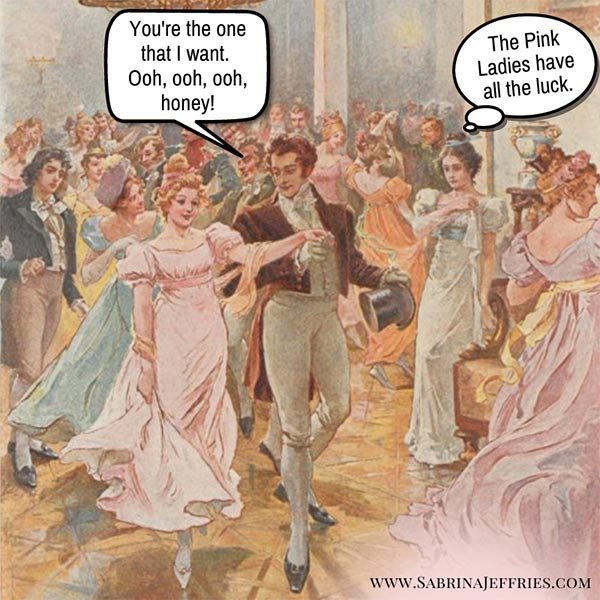
In researching my scene for The Truth About Lord Stoneville, I found the most interesting Regency-era Valentine’s Day tradition: a lottery (I used it in the book, too). On Valentine’s Day evening, young people would draw names out of a hat to discover who would be their valentine for the coming year. It was supposed to be a predictor of matrimony. I did have some trouble understanding the logistics, since everyone drew a name. What if Mary drew George’s name, while George drew Joan’s? I wasn’t quite sure how that worked, so I . . . er . . . altered it a little. Call it poetic license, if you will. I still think it sounds like fun . . . unless, of course, you don’t draw the person’s name you want for a valentine.


